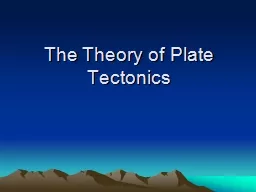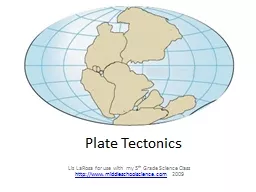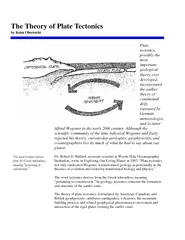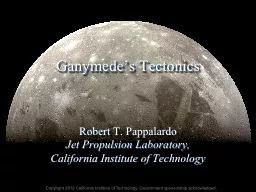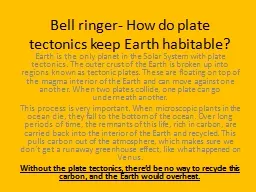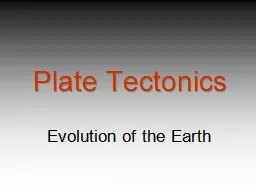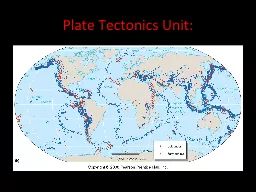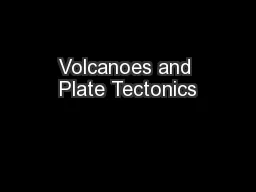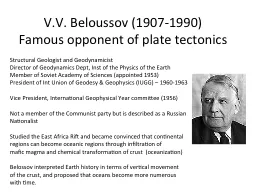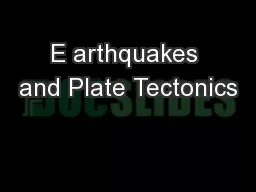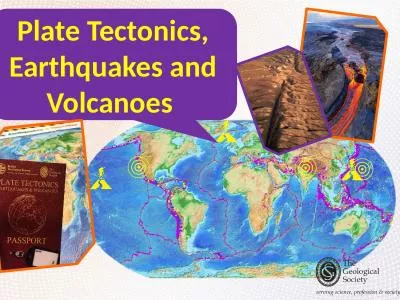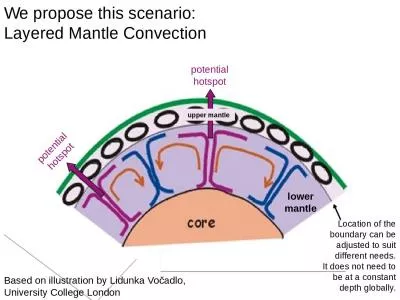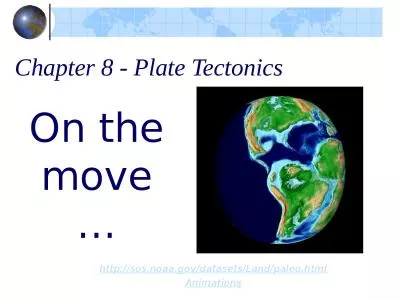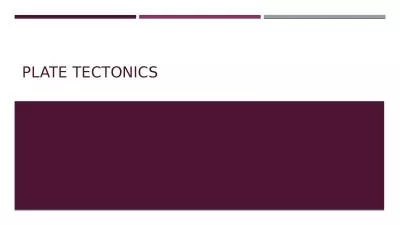PPT-The Theory of Plate Tectonics
Author : myesha-ticknor | Published Date : 2018-01-09
Earths Internal Layers The crust varies in thickness 460 km oxygen silicon magnesium and iron The mantle 2885 km silicon amp oxygen Outer core 2270 km iron amp
Presentation Embed Code
Download Presentation
Download Presentation The PPT/PDF document "The Theory of Plate Tectonics" is the property of its rightful owner. Permission is granted to download and print the materials on this website for personal, non-commercial use only, and to display it on your personal computer provided you do not modify the materials and that you retain all copyright notices contained in the materials. By downloading content from our website, you accept the terms of this agreement.
The Theory of Plate Tectonics: Transcript
Download Rules Of Document
"The Theory of Plate Tectonics"The content belongs to its owner. You may download and print it for personal use, without modification, and keep all copyright notices. By downloading, you agree to these terms.
Related Documents

